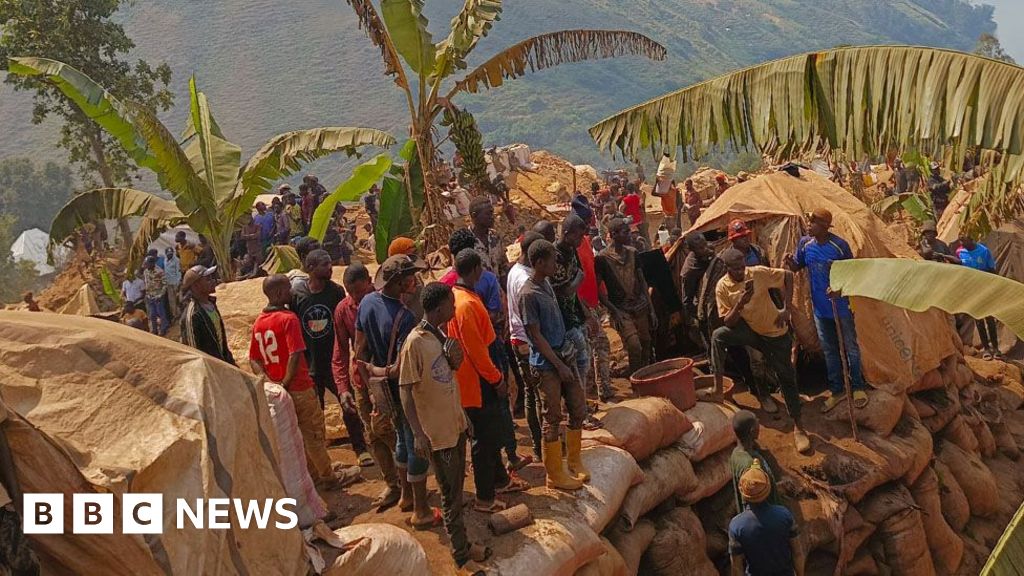Floods in Gilgit-Baltistan’s Diamer district have damaged dozens of houses, amenities and blocked major highways.
Published On 22 Jul 2025
A landslide triggered by torrential monsoon rains has killed at least three people in northern Pakistan, according to local officials, as operations continued to rescue 15 missing people.
More than eight vehicles were swept away on Monday when heavy rains triggered a landslide on a highway in Gilgit-Baltistan’s Diamer district, Abdul Hameed, Diamer’s district police officer, told the AFP news agency on Tuesday. “Three dead bodies have been recovered and more than 15 are still missing.”
Flash floods, collapsed buildings and electrocutions have killed 221 people since the monsoon season arrived in the country in late June, with heavier rains than usual.
Several of the victims were tourists from other parts of Pakistan visiting the popular tourist destination of Gilgit-Baltistan, a province in Pakistan-administered Kashmir renowned for its lush valleys and crystal-clear lakes.
Hameed said at least 10 vehicles were buried under the debris. “The rescue operation has been launched again at 6:00am today [01:00 GMT],” he added.
“Rescuers also evacuated four injured people, one of whom is in a critical condition”, said Faizullah Faraq, spokesman for the provincial government, confirming three deaths to AFP.
“Hundreds of trapped tourists have since been brought to safety; government teams cleared debris and escorted them off the mountain road, while local villagers provided emergency shelter and assistance,” Faraq added.
Floods in the area on Monday have damaged 50 houses, four bridges, a hotel, and a school, as well as blocked major highways and damaged communication signals.
Elsewhere in Pakistan
The remainder of Pakistan has not been spared, with 221 killed nationwide in incidents related to the monsoon since June 26.
The death toll includes “104 children and 40 women”, with more than 500 people also injured, Pakistan’s National Disaster Management Authority said Tuesday.
A spokeswoman for the agency told AFP that the heavy rains usually start later in the monsoon season. “Such death tolls are usually seen in August, but this year the impact has been markedly different,” she said.
The national meteorological service warns that the risk of heavy rain and possibly flash floods remains high in the country’s northern and eastern provinces, with the risk of floods and landslides.
In mid-June, at least 65 people were killed and nearly 300 injured within 24 hours when monsoon rains hit Punjab province, which borders India.
In late June, at least 13 tourists were swept to their deaths while sheltering from flash floods on a raised river bank in another province in northern Pakistan.
The rains are a routine part of South Asia’s climate and are essential for crop irrigation and replenishing water supplies.
However, their adverse effect has worsened in recent years due to rapid urban expansion, poor drainage systems, and more frequent extreme weather events linked to climate change.
The country is still struggling to recover from the devastating floods of 2022, which affected almost a third of the country and more than 33 million people. About 1,700 people were killed, and much of the harvest was lost.

 8 hours ago
1
8 hours ago
1










 English (US) ·
English (US) ·